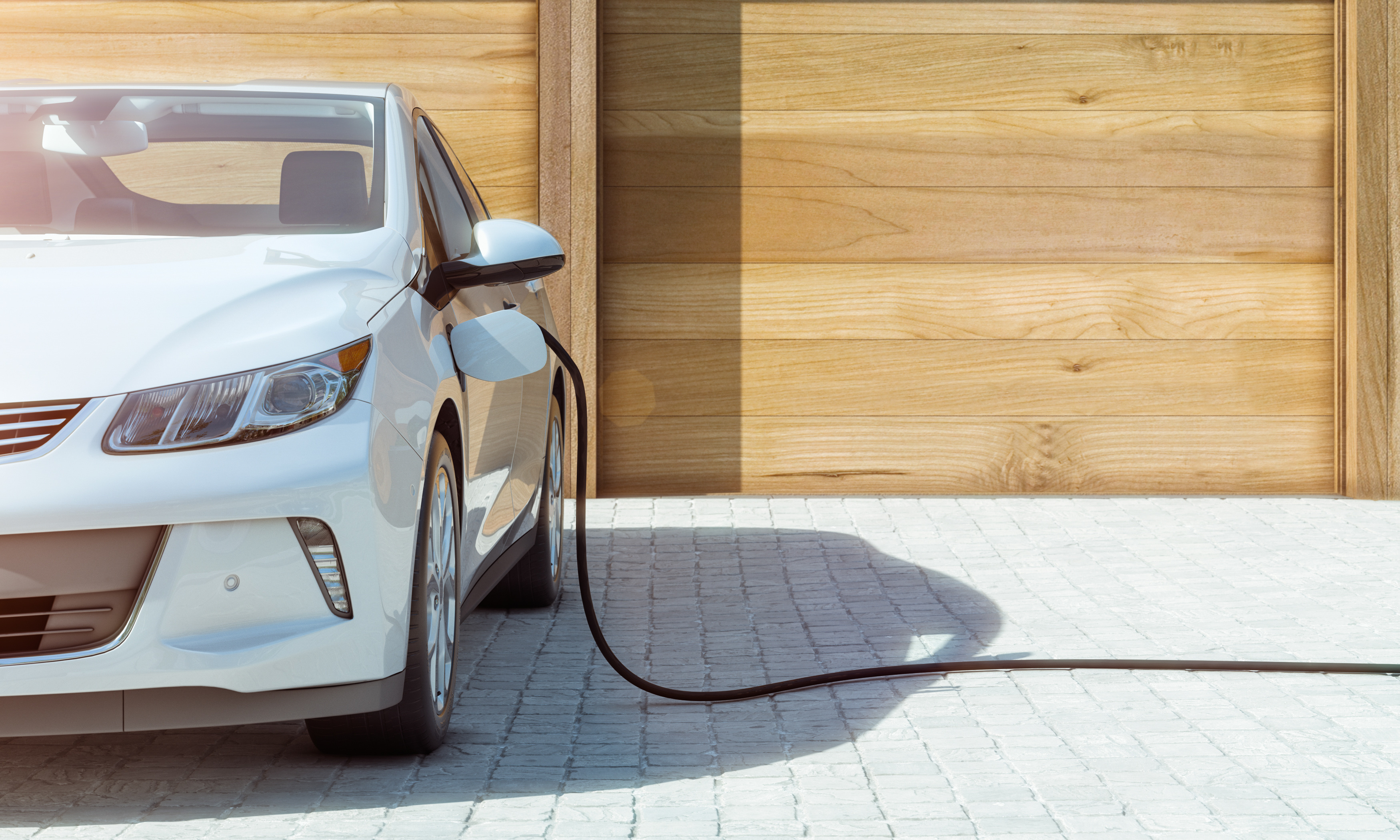From horse and carriage to the internal combustion engine (ICE) car, the world was astonished when Ford Motors popularized a new and life-changing mode of transportation. Can the leap from ICE cars to electric vehicles (EVs) be considered just as monumental? We think so.
A car has always been something that people use to get around, but the introduction of the electric powertrain makes it so much more than just a car… it becomes a very powerful energy storage system on wheels!
What some people don’t realize is how much power can be stored in an EV. The most popular EVs today such as the Nissan Leaf or Tesla Model 3 can hold anywhere from 40 to 62 kWh of power in their batteries. Those batteries can power an entire average American single-family home for two to four days when connected to a charger that supports bidirectionality like dcbel.
Here are our top three most valuable uses of bidirectional power flow:
As the US grid infrastructure ages and natural disasters become more prevalent, Americans will experience more frequent and more severe utility grid blackouts. Certain regions in California experienced Public Safety Power Shutoffs last year when a large utility was required to shut down the grid for several consecutive days to prevent wildfires. We rely on electricity for so many things, from the mundane (the ability to watch TV), to the critical (keeping food from spoiling in your fridge) and the vital (keeping someone on life support). With dcbel, all EV owners need to do is plug in their EVs and sail through multi-day power outages virtually unscathed.
2. Solar Power Storage
In most regions, solar power is most abundant from 11 a.m. to 4 p.m. when sunlight is the strongest. That also coincides with when we are all out of the house running errands or at work, and the region’s residential electricity consumption is at its lowest daily point! You might be asking yourself what happens if your solar panels produce more energy than what your home requires? You can store the extra energy in your EV or stationary battery and use it later when the sun is down so you can still benefit from the free, unlimited power of the sun once it has set. You can also sell excess power back to your utility company in exchange for credits on your bill, in an arrangement known as net metering.
3. Peak Shaving
Utilities all around the world have different business models, but we are seeing a growth in the adoption of time of use rates (TOU) to incentivize consumers to displace energy consumption to off-peak periods and alleviate the stress on the grid during peak hours. With TOU rates, the price per kilowatt hour will fluctuate depending on the time of day. Electricity used from 5:00 p.m. to 7:00 p.m. is typically more expensive, while rates from 11:00 p.m. to 5:00 a.m. are at their cheapest. Instead of using the expensive grid energy when you get home from work and are preparing dinner, you can let your EV power your home and save your family a significant amount on your energy bill – especially if you get to charge for free at work! dcbel’s smart algorithm, Orchestrate takes TOU rates into consideration and discharges your EV when rates are high and charges it during the night when rates are low. The benefits of peak shaving vary from home to home so we highly recommend taking a look if you and your family fall within the scenarios and regions that provide the most savings.
The EV brings forth unprecedented opportunities to redefine the symbiotic relationship between humans, the car and the home. The only missing part, until now, was an elegant technology to optimize the way they interact with each other.
That’s why we set out to build dcbel several years ago and we’re immensely proud that it is finally here.


